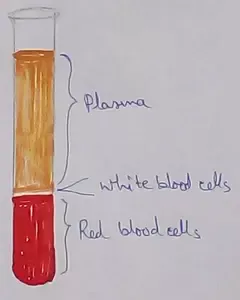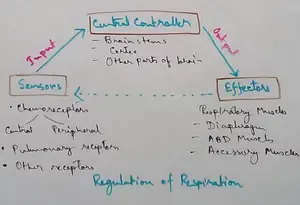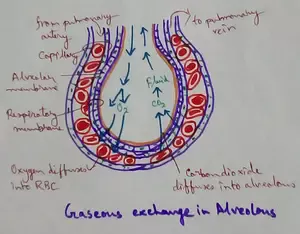Birds and its Food Habits
We will learn about different birds and its food habits.
Birds are the only animals which have feather on their bodies. Like us, birds have two feet. They do not have arms like us, but have wings in place of arms. These wings are attached firmly to their bodies. They have strong muscles to flap them. Wings are very useful to birds. Most of them can fly with the help of their wings.
Most birds are very light in weight due to their thin and hollow bones. Observe the body shape of a bird, it looks like an airplane. The front part of its body is thin but the middle part is broad. This helps them to fly. Birds use their tails to turn or change the direction during flight.
First, a bird jumps in the air and flaps its wings. This helps to push it upwards and forwards in the air. For landing, it spreads its wings and comes down.
Some birds like eagles and vultures fly very high while some birds like parrots, sparrows and crows fly at a low height. Some birds like the kiwi and ostrich are unable to fly although they can run very fast. We will be surprised to know that there are nearly 8600 known kinds of birds in the world.
Birds
and its food habits:
Different birds have different food habits. Birds like parrots and pigeons eat seeds and fruits. Birds like crows and ducks eat both, plant produce and flesh of other animals. Birds like eagles and vultures eat the flesh of other animals.
Animals and its Feeding Habits
Movement and Shelter of Animals
Nesting HabitsFrom Birds and its Food Habits to HOME PAGE
Recent Articles
-
What Is Plasma? | Blood Plasma | Proteins | Nutrients | Cholesterol
Nov 07, 25 10:29 AM
Blood is a mobile fluid which is a connective tissue and is derived from the mesoderm like cell any other connective tissue. Colour of blood is reddish and that flows inside the blood vessels by means… -
Disorders of Respiratory System | Tuberculosis | Pleurisy | Emphysema
Oct 28, 25 11:39 PM
Tuberculosis is very common disease and is caused by a type of bacteria called Mycobacterium tuberculosis. This disease causes different trouble in the respiration and infection of several parts of th… -
Regulation of Respiration | Respiratory Centres | Inspiratory Area |
Oct 14, 25 12:13 AM
Respiratory Centre is the area that controls the rate of respiration and it is observed to be located in medulla oblongata and pons. Respiratory Centre has the following will dispersed components like… -
Explain Transport of Gases | External Respiration | Tissue Respiration
Oct 09, 25 11:35 PM
In humans gaseous exchange is completed in the following ways the steps are - External Respiration or Breathing - Breathing in false taking in of Oxygen and giving out of carbon dioxide in the body. M… -
Kind and Number of Teeth | Location of Teeth in Mouth | Care of Teeth
Sep 11, 25 12:52 AM
Kind and Number of Teeth





New! Comments
Have your say about what you just read! Leave me a comment in the box below.